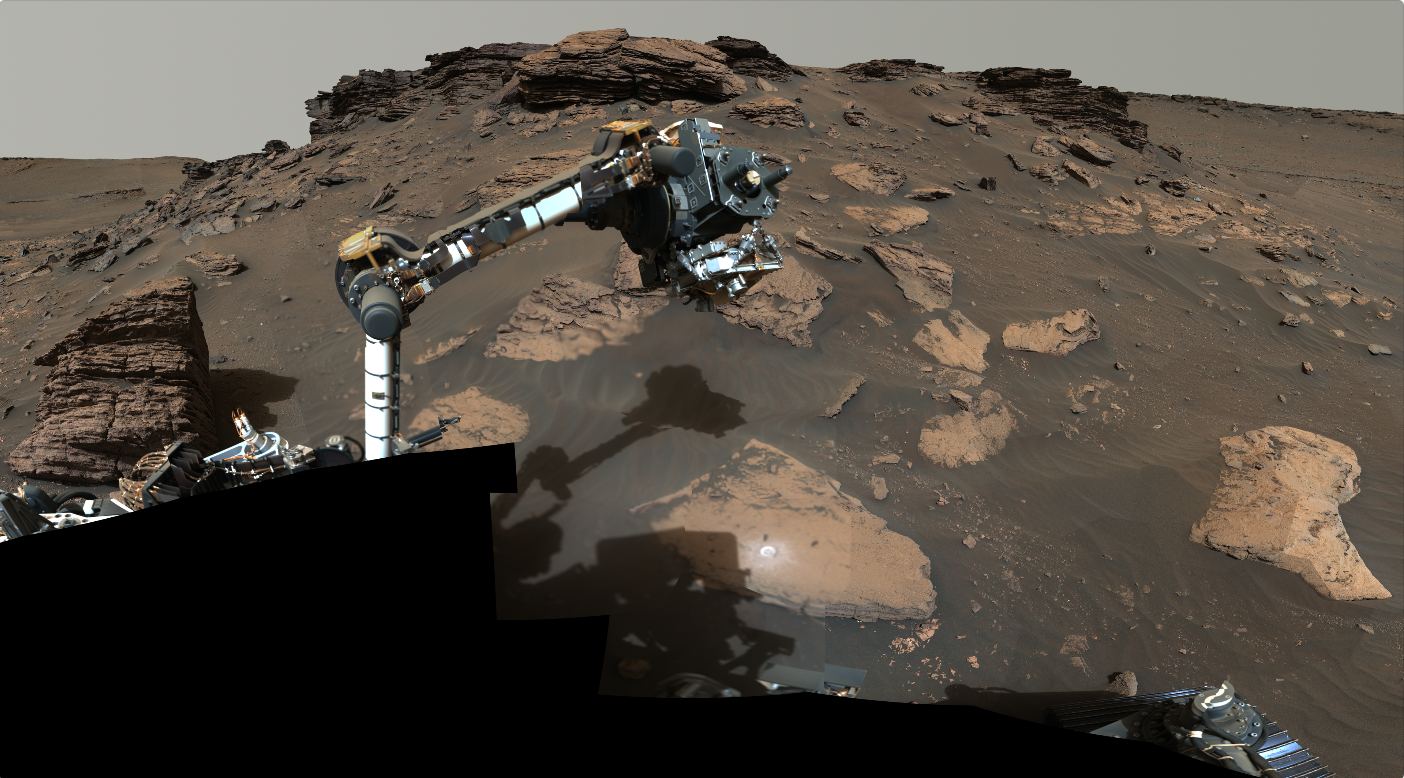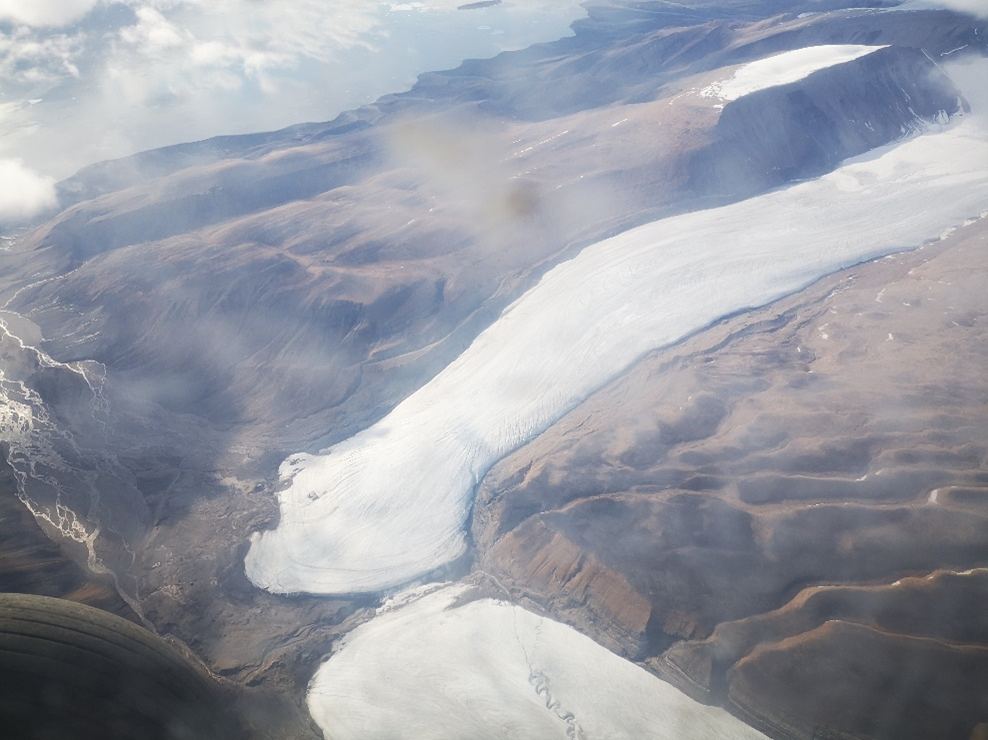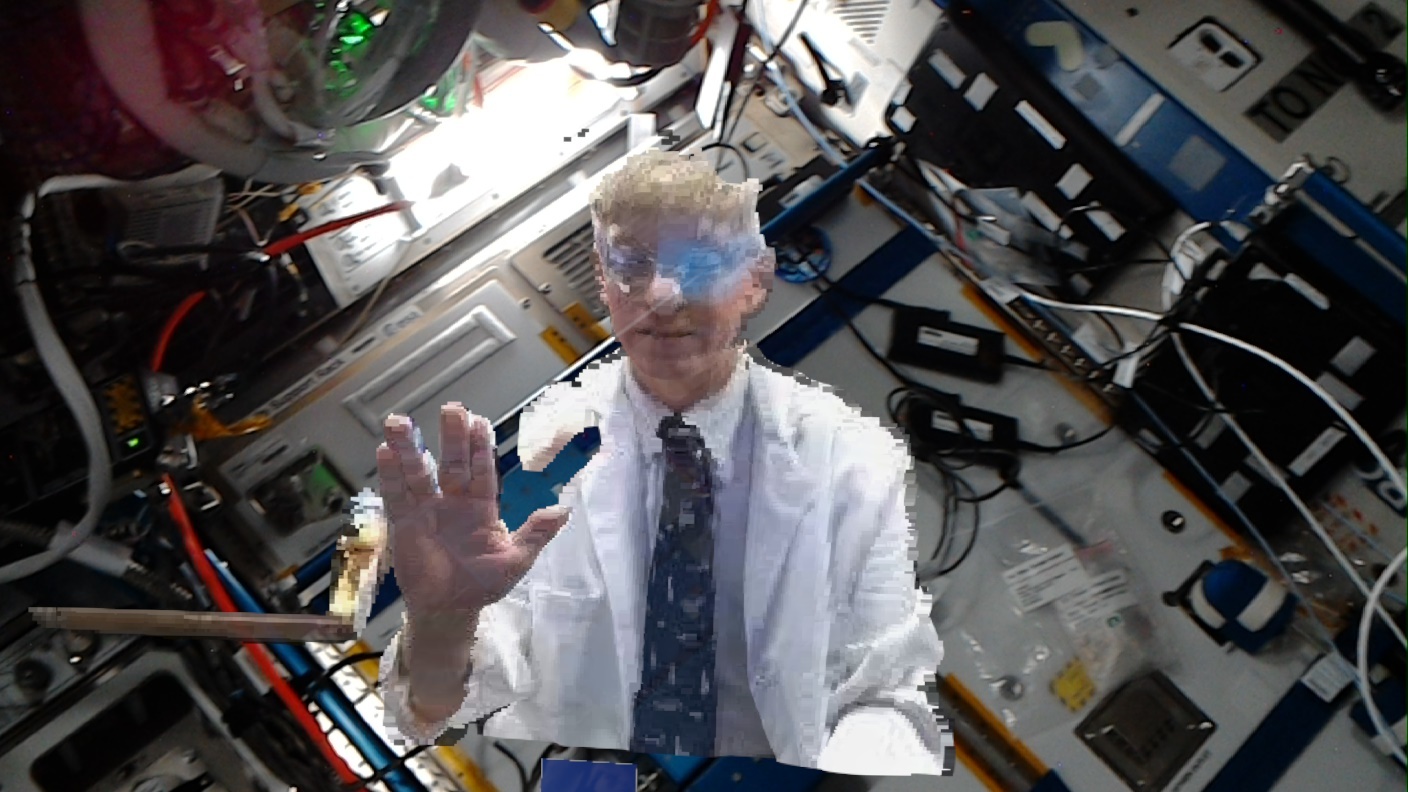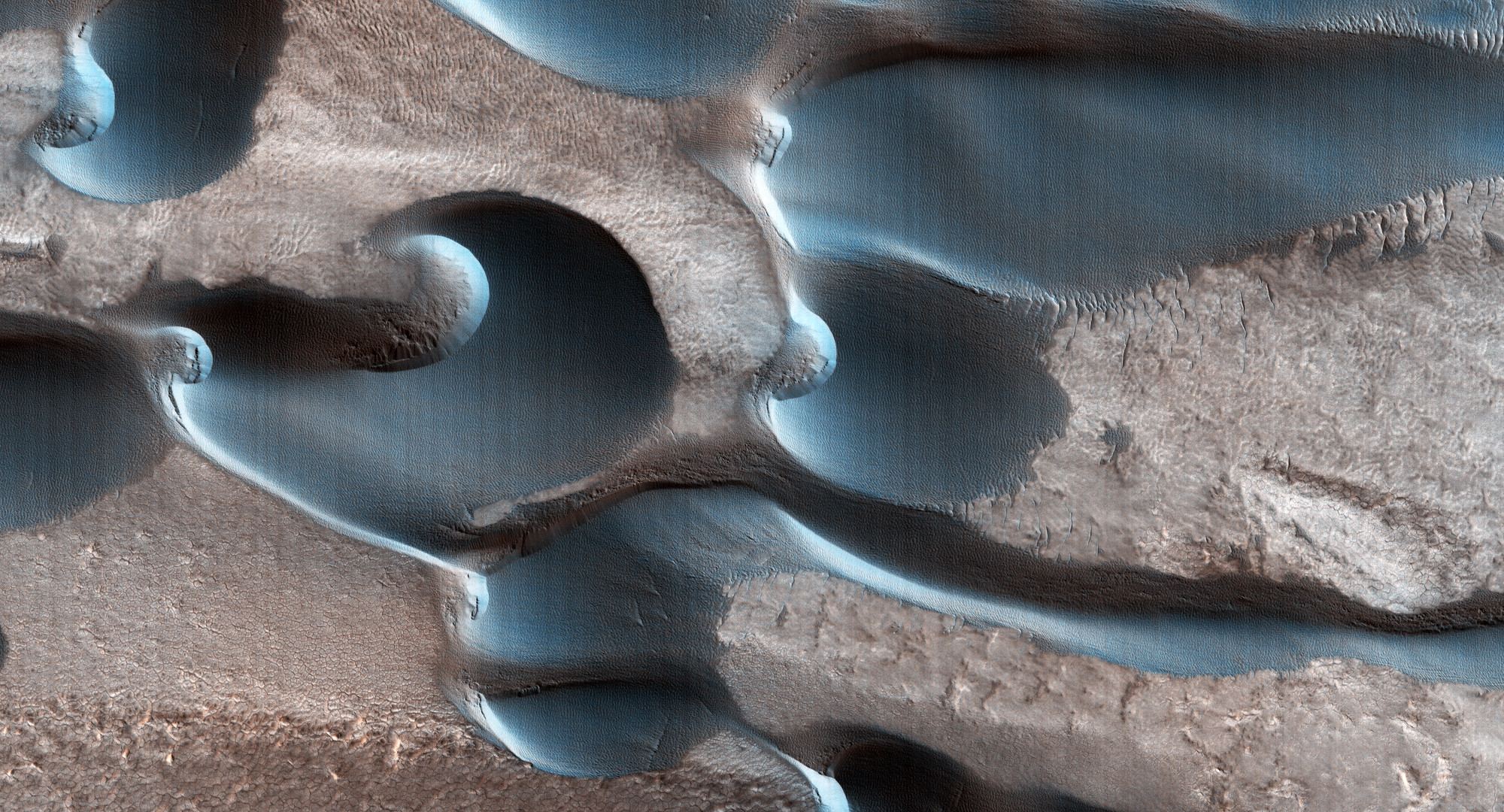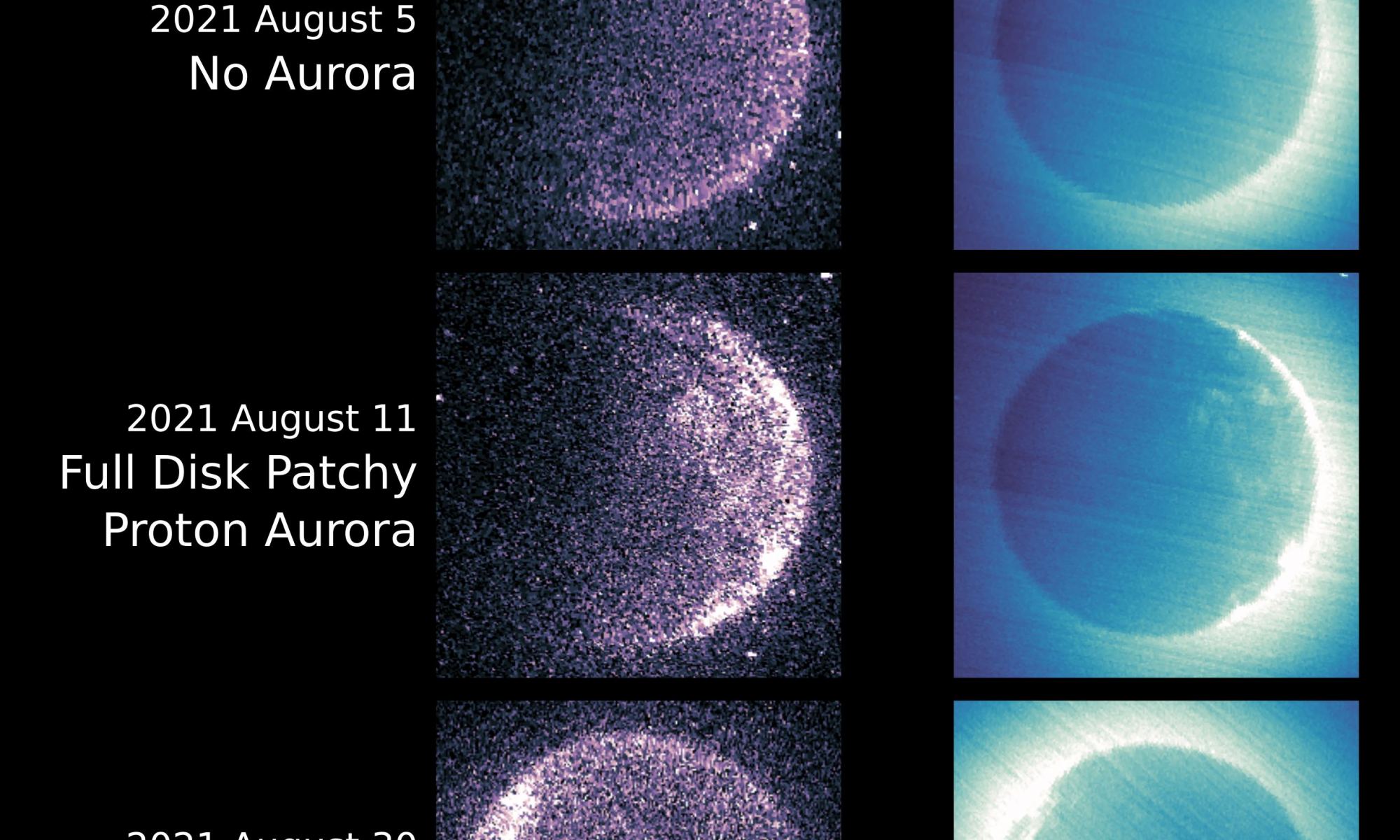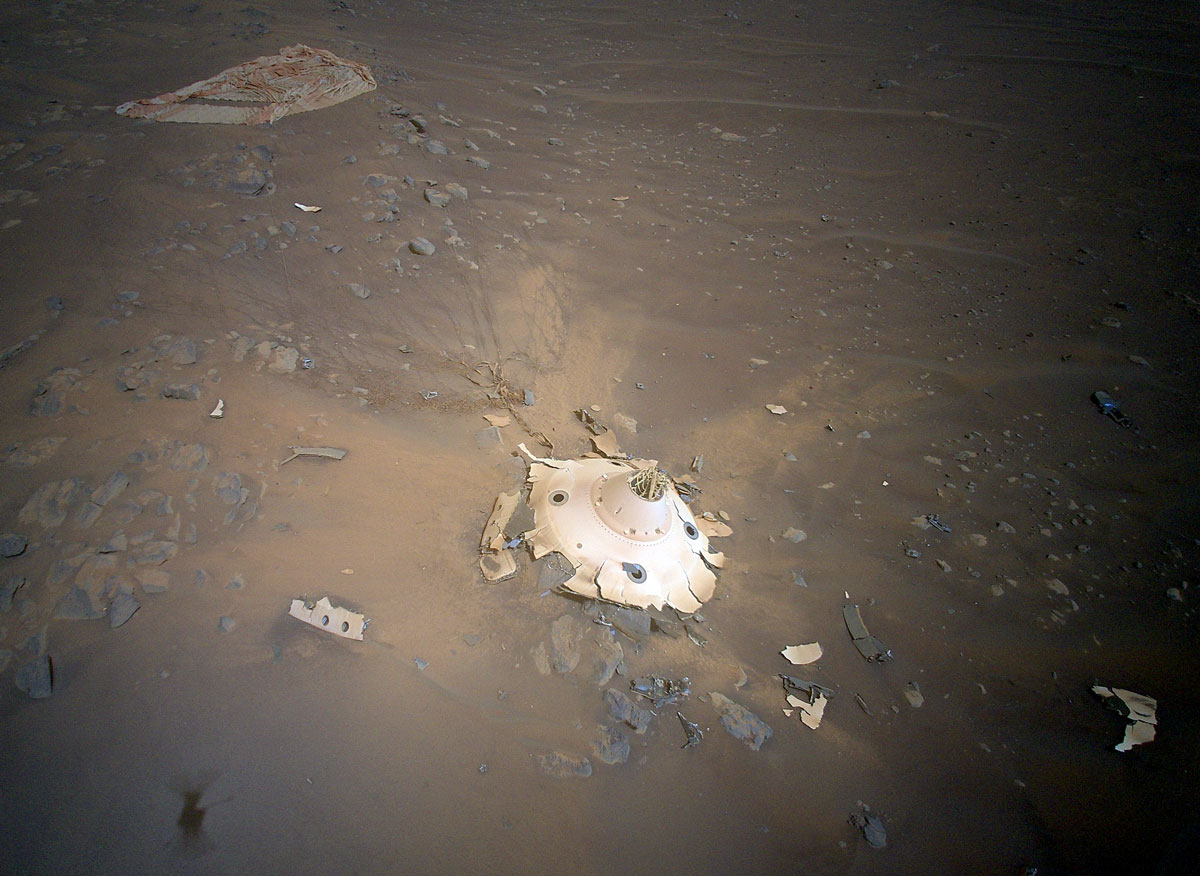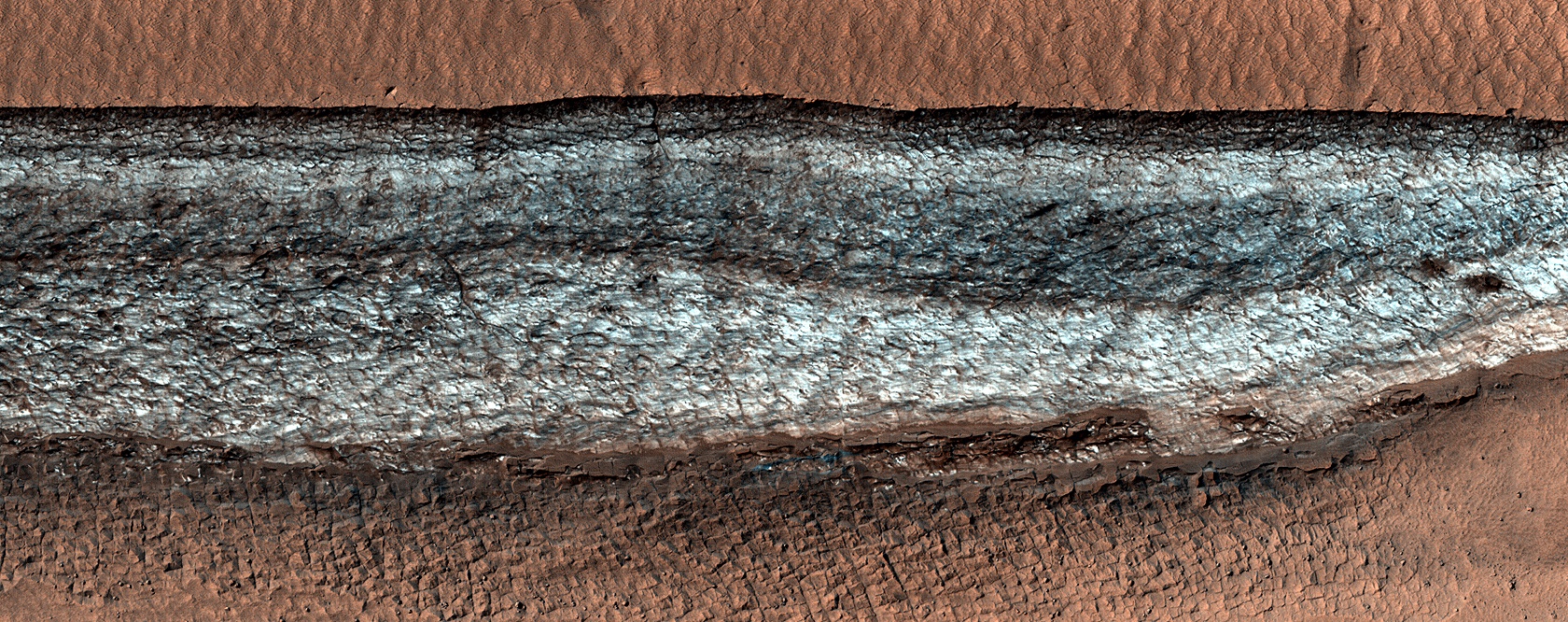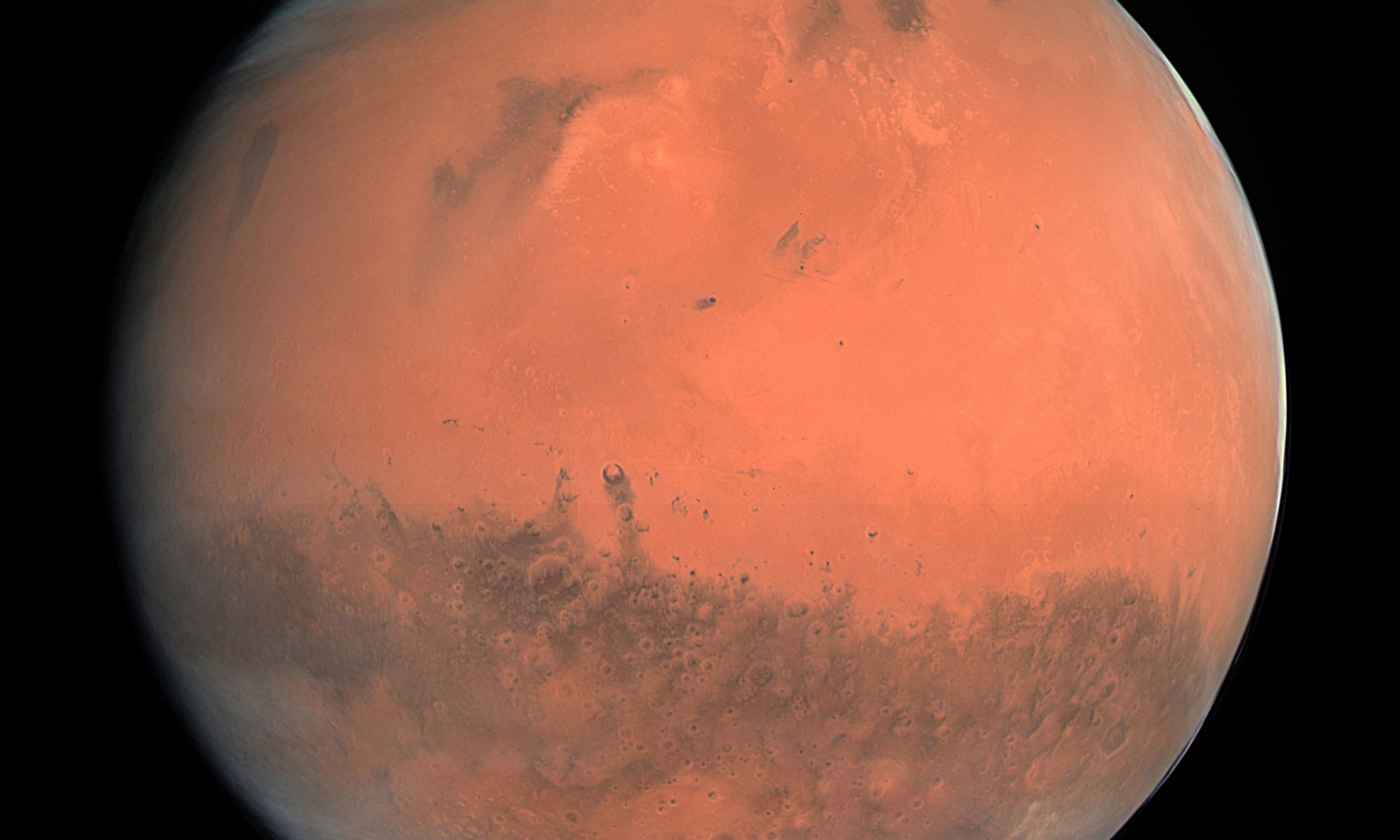Scientists with NASA’s Perseverance Mars rover said today that the rover has collected several “tantalizing” organic rock samples from an ancient river delta on the Red Planet. These samples have now been stowed for a planned future mission that hopes to retrieve the specimens and bring them back to Earth for the first-ever sample return from Mars.
Continue reading “Perseverance Has Collected Samples from One of the Best Places to Search for Ancient Life on Mars”Perseverance Has Collected Samples from One of the Best Places to Search for Ancient Life on Mars
